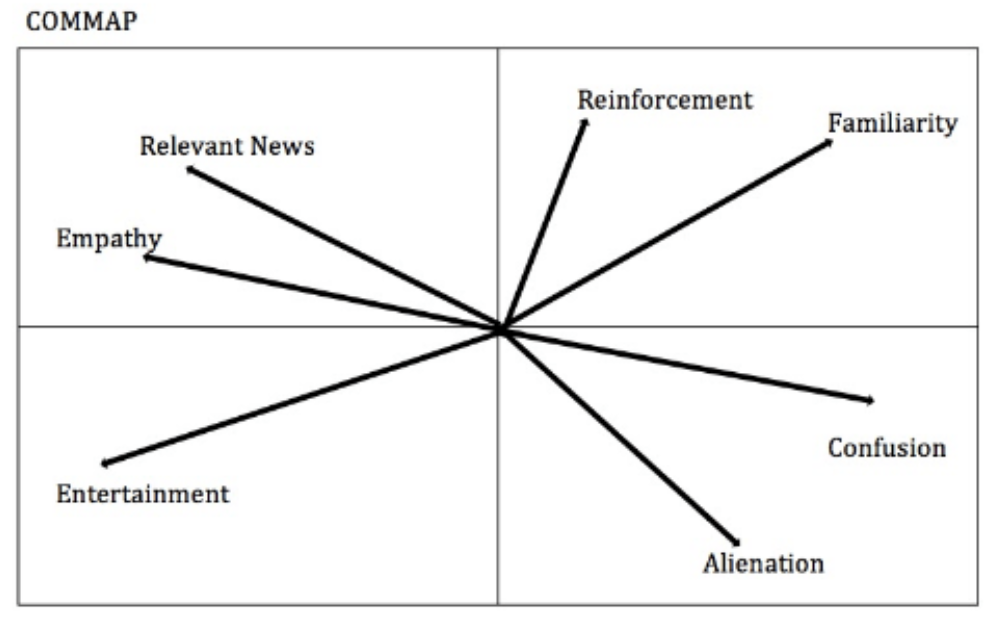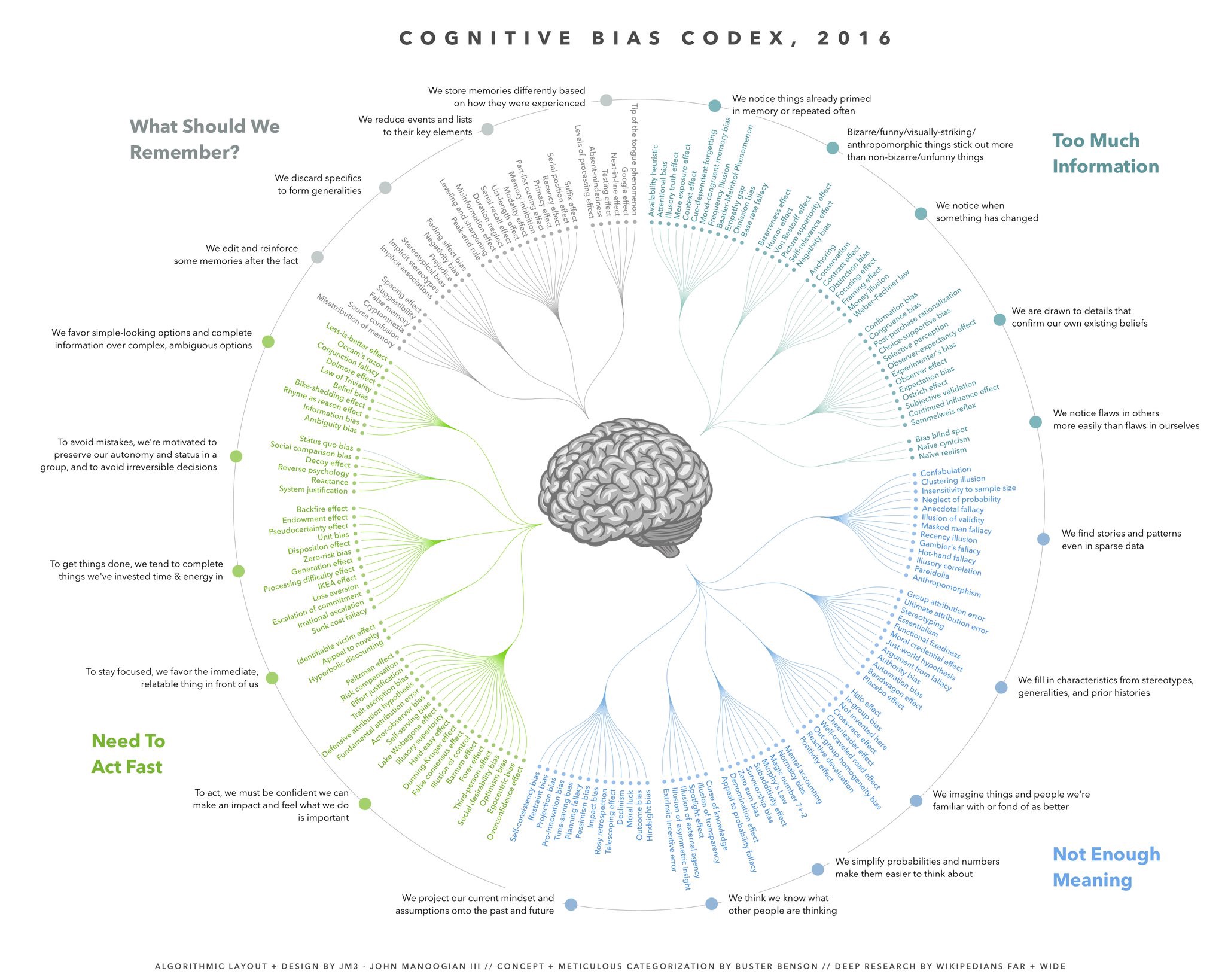The task of the marketer has, at its deepest level, remained constant over the years.
The digital revolution has brought technology to the fore, but we are ultimately in the game of communication.
Successful marketers understand the motivations of their audience and know how to persuade people into taking action. This is particularly true in the arena of search.
The average consumer’s relationship with search engines has changed fundamentally in the mobile-first era.
When they want to go, do, or know, consumers reach for search. The whole premise of “micro-moments” was built entirely on this insight.
Google now wants to usher us into the “Age of Assistance”, where every need is fulfilled by speaking to our phones, our speakers, and pretty much any object they can put their software into.
Predictions estimate that the Google Assistant will reside on more than 1 billion devices soon, while Amazon has already sold over 100 million Alexa devices.
Search is not a niche or specialist discipline today; it is ambient, it is dependable, and it is connected to consumers through a wide range of intent states every day.
As search marketers, the holy grail is, therefore, to deliver exceptional experiences for the customer from inspiration through to loyalty.
Keyword-stuffed copy doesn’t cut it anymore in such a demanding and competitive environment.
Technology can help us to bridge this communicative gap to our audience in new, innovative ways, but only if we maximize the potential of human psychology – both to understand our audience and to develop the skills we will need to thrive.
Technology & Psychology Can Deliver Extended Intelligence
The marketers who excel over the next decade will be those who understand the strengths of both technology and people.
This will enable enlightened marketers to use technology in the areas where it is best suited to perform, using this base to enhance and extend the capabilities of the marketing team.
MIT scientists have termed this “extended intelligence,” which is a helpful way to consider the beneficial role technology can play.
There have been numerous sensationalist headlines about how artificial intelligence (AI) may take our jobs, but closer investigation reveals that this unlikely to be the case.
The World Economic Forum expects technology to create 58 million more jobs than it will replace by 2022.
As John Smith at IBM Research stated:
“It’s easy for AI to come up with something novel just randomly. But it’s very hard to come up with something that is novel and unexpected and useful.”
In short, its strengths are complementary to ours.
AI is likely to take over from people in areas where it can perform the task faster and more effectively than people can, such as data analysis.
In fact, the 2019 Digital Trends report from Adobe finds that 36 percent of large businesses are now using AI for data analysis – a 50 percent increase on last year’s figure.
In theory, this liberates people from mind-numbing tasks and allows them to focus on the areas where their uniquely human skills can have the most impact.
However, this will not happen without our active participation. The automation of so many tasks can, in fact, lead to complacency, rather than increased productivity.
It is up to marketers to identify the areas in which they would like to sharpen their skills, then implement a development plan over time.
For example, without knowing which questions to ask and then how to interpret the findings, an automated data analysis technology will have little business impact.
While AI can tell us which article topics are likely to resonate with our audience, we still need to create the compelling content that will keep them engaged.
In essence, marketers have become the interlocutors between technology and their audience.
Every data point, whether it is a search query or a conversion, leaves a trail that tells us something about the person who created it.
It is up to marketers to turn that knowledge into a more effective content strategy.
The Role of Psychology in Decision-making
The hyper-rational world of algorithms is not a reflection of how we, as people, make our decisions. In fact, we are driven by irrational factors much more often than had been assumed a few decades ago.
By understanding the role of emotions in decision-making, we can start to make better decisions for ourselves and also nudge others into taking beneficial actions.
When we look at a search results page, there are numerous listings clamoring for attention, all on the decreased screen size of a smartphone.
Knowing what really makes your audience tick can be the difference between an impression and a click.
Taken from ‘The Advertised Mind’ by Erik du Plessis, the image below displays the COMMAP model.
From a database of 10,000 television commercials, du Plessis set out to pinpoint the factors that lead consumers to like and remember a brand’s message.
He found that the broad concept of “likability” is the key to persuading people. This currency is created when a commercial achieves entertainment, empathy, or relevance, without leading to confusion, alienation, or familiarity.

In essence, the keys to a successful advertising campaign lie in these underlying psychological motivators. This occurs for some clear biological reasons.
It is now widely accepted that the amygdala (a part of the brain associated with emotional processes) is active when we make decisions.
Fear, envy, and excitement can all play a role in a purchase as seemingly rational as taking out business insurance. Of course, rational factors are vital too, but when all else is equal it is the emotion that leads us to make a choice.
Findings such as these have led to the creation of the behavioral economics industry.
Researchers have identified hundreds of irrational biases; shortcuts our brains use to make quick decisions, even if they do not always turn out to be beneficial.

- When we are confronted with too many options, it causes “decision paralysis.”
- We are prone to “confirmation bias,” where we seek out information that reinforces what we already think.
- People are guilty of “herding,” as we tend to follow the crowd.
These are all survival instincts, in major and minor ways. The creation of elements like landing page images, call-to-action text, and meta descriptions should all be fueled by these insights.
At the intersection of quantitative data and qualitative insights, a brand can appeal to its audience both rationally and emotionally.
We have always understood the elements of this in the SEO industry.
For example, when it comes to link building, we know that we must incentivize a site to link to us. We must also add value for the reader, if they are to click through to our site. Moreover, there is a growing recognition of the importance of psychology across all marketing disciplines.
A huge 94 percent of marketers believe soft skills are as important as technical skills to have a successful career in the industry, according to an Econsultancy report.
The term soft skills has always somewhat diminished the importance of interpersonal capabilities, but that is changing.
Marketers can see that symbiotic user-friendly AI-driven technologies rise to prominence and help SEO professionals focus on the ability to communicate, persuade, and convert.
Research from BrightEdge last year highlighted how marketers see this opportunity in terms of:
- Understanding the customer.
- Driving productivity.
- Creating better performing content.
Uses of Psychology in SEO
The interplay between technology and human psychology will continue to be a driving force behind successful SEO strategies.
In particular, the following areas will be accelerated by this relationship:
1. Customer Insights
AI can reveal relationships between variables at a huge scale, leading to new insights about a brand’s audience.
By understanding the psychology of the audience, we can use this information to deliver better content across the customer journey.
2. Uncovering Intent
It is no longer sufficient to know what our audience says or does; we also need to know why they do it.
- Why does my audience use a specific search query?
- What job do they want to complete?
Answering these questions will tell us more about their intent state.
3. Incentives
We are programmed to choose incentives, to take an action because it will benefit us in some way.
Brands need to incorporate this knowledge into their SEO strategy, through messaging that foregrounds the benefits of a product or service.
This applies to link building, too. If we understand what leads people to link to content, we can create much more effective campaigns.
The psychology of linking differs from that of sharing content on social media, for example.
4. Visual Content
90 percent of information transmitted to the human brain is visual and people can identify images seen for as little as 12 milliseconds.
When we factor in the emotive impact of visual content and the wide-ranging field of color theory, the room for experimentation is vast.
Video and images are often overlooked by SEO pros, but they represent a great opportunity to reach an audience.
5. Social Proof
People are shaped by the opinions of their peers to a much greater degree than they typically imagine.
At a deep level, we trust the feedback of other people because it provides a useful shortcut.
We don’t need to try everything out for ourselves; we can just read some reviews and make a decision from there.
SEO professionals should, therefore, maximize the potential of social proof by using reviews and any customer accolades or testimonials on landing pages.
6. Professional Development
Through an understanding of the relationship between marketing and technology, SEO professionals can elevate their own career.
Build on skills that will allow for effective use of technology, and communication skills both for within the marketing team and presenting results to the C-Suite.
7. Mindset for Change
One of the most important soft skills for any marketer today is the ability to thrive on change.
This is ultimately down to developing the right mindset, which is within everyone’s grasp.
Knowing how to cut through the noise in the marketing industry and isolate the factors that really matter will set SEOs apart from their peers.
Summary
The unifying thread within so much disruption is that the factors that set us apart from the machines, such as our creativity, empathy, and strategic perspective, will be a defining trend in the evolution of search marketing.
Although these lessons apply to all marketing disciplines, they are doubly important for SEO.
Search has been elevated to an ambient phenomenon, there for consumers at any time of day.
The only way we can humanize our search strategies is to develop a deep understanding of what influences our audience.
From there, we can use technology to uncover insights, deliver our messages at scale, and report on the outcomes.
Marketers who embrace this new landscape will see their results improve dramatically.
More Resources:
- The Psychology of Link Outreach: 21 Cognitive Biases
- 5 Proven Ways to Influence Emotions in B2B Marketing
- How to Use Ego Bait Content to Attract Links & Generate Leads
Image Credits
Screenshot taken by author, February 2019
In-post Image: John Manoogian III


